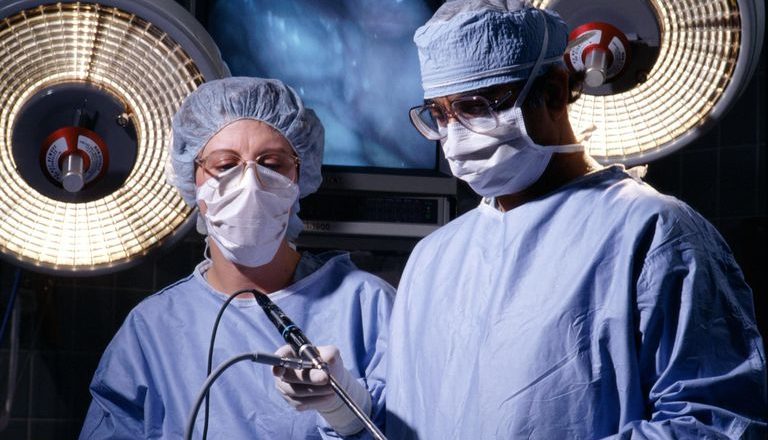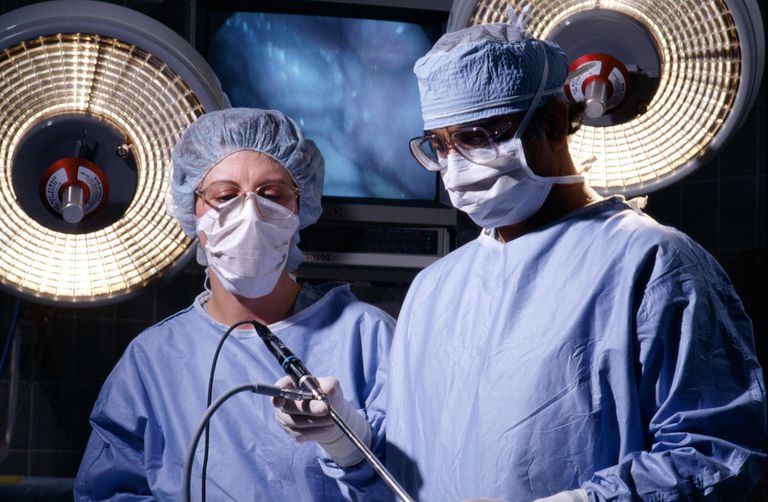Many people consider cosmetic surgery as they get older. For men, it might be something related to their hair or their teeth. For women, it might be breast enhancement or reduction, or perhaps something that will alter their appearance after pregnancy. Cosmetic surgery is not something to approach lightly. But, looking at the latest technology might help you decide what kind of procedures would be most effective for what you want to accomplish.
Three categories of thought come to mind immediately. First, there is plenty of laser technology that is improving for quicker healing from cosmetic surgery. Second, there are specialized types of cosmetic surgery that involve the latest technology – for example, an operation involving dermal fillers.
Third, the most recent search technology can help you decide what process you might want, or who you might want to work with – it’s just a matter of looking through all of the relevant reviews.
Laser Technology for Quicker Healing
Improvements in medical laser technology are a massive boon for cosmetic surgery. Lasers can be much more effective than knives, scalpels, or other cutting tools because they are less invasive and can be much more controlled than other options. With the proper use of laser technology, stitches, sutures, and bandages don’t have to be as severe, and in some cases, you don’t need to use them at all. The possibility of infection is much lower as well.
How Dermal Fillers Work
Cosmetic surgery comes in many different forms, and an unusual one that you may not have come across before would be concerning butt lift surgery. For women who want to adjust their appearance from behind, but left surgery is a definite cosmetic operation possibility. Technology allows for the more appropriate use of tools and techniques to successfully complete this operation, and technology allows for quicker healing, as mentioned before.
Filtering Through Reviews
How do you decide which cosmetic surgeon to use? Do you trust word-of-mouth? Do you look through online advertising? It can seem like a jungle out there. But, you can use technology in a few different ways in the search process. You can find ways to seek out fake reviews so that you are not fooled.
And you can look up academic and medical data as opposed to anecdotal advice from websites that are trying to sell you something rather than provide you with a valuable service. You might have to use your powers of observation along with technology, but you should come to a good result.
Realize that smart advertisers are always trying to reverse engineer positive web results, so resisting it might feel like an uphill battle, but it’s one that you can win.













